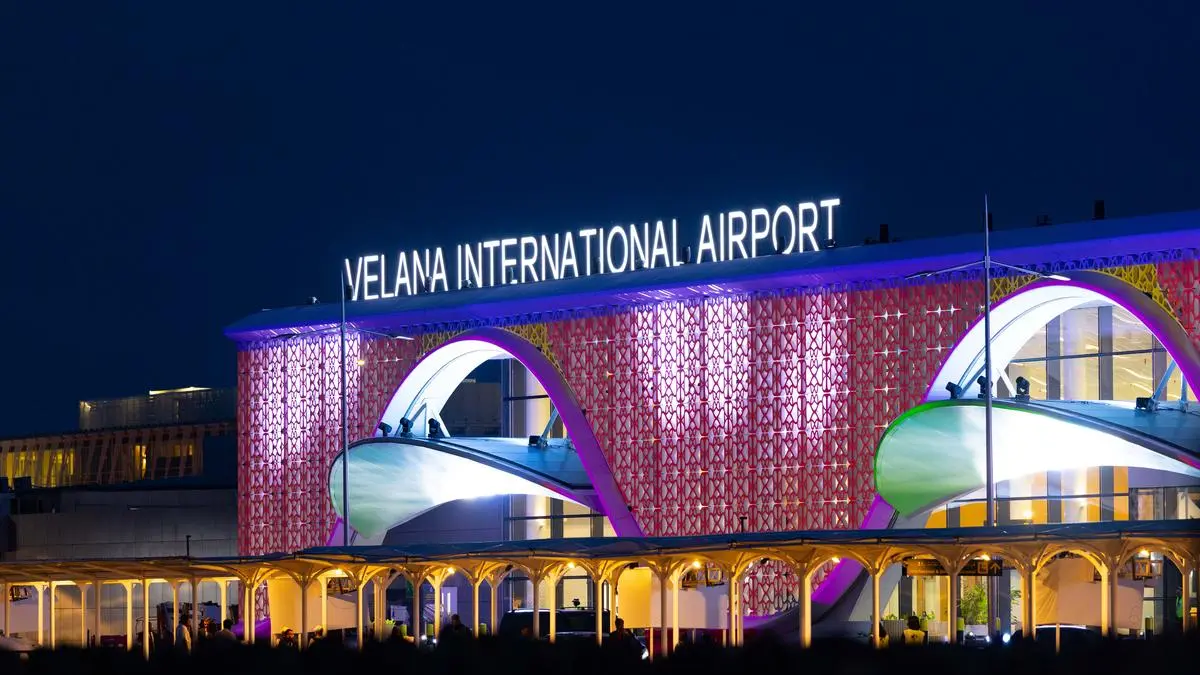The Maldives, known worldwide for its turquoise waters, white sand beaches, and luxury resorts, added another jewel to its crown on July 26, 2025. Marking its 60th Independence Day with grandeur, the island nation unveiled a new state-of-the-art terminal at Velana International Airport, the largest infrastructure project ever completed in the country. The ceremony, led by President Mohamed Muizzu, was both a celebration of the nation’s history and a bold statement about its future.

The USD 585 million terminal, which has been more than a decade in the making, is not just an architectural achievement but a strategic economic investment. Capable of handling 7.5 million passengers annually—over three times the airport’s previous capacity—it is set to transform how travellers arrive and depart from the Maldives. With tourism contributing around 21 percent of the country’s GDP, the terminal is expected to remove long-standing infrastructure bottlenecks that have often hindered growth in the sector.
The design blends modern engineering with elements inspired by Maldivian culture, creating a sense of place from the moment passengers arrive. Inside, the facility boasts 47 check-in counters, six self-service kiosks, 20 immigration counters, six boarding gates, and 12 aerobridges. The terminal will also serve as the home base for the national carrier, Maldivian, further streamlining operations and enhancing connectivity.
The unveiling ceremony captured the nation’s pride, featuring a record-breaking fireworks display that earned the Maldives a place in the Guinness Book of World Records. The spectacular event symbolised the country’s aspirations to remain one of the most sought-after destinations in the Indian Ocean while strengthening its economic resilience.

Government leaders are confident the new terminal will act as a catalyst for increased tourist arrivals, spurring economic activity far beyond the airport itself. Hotels, restaurants, transport services, and local businesses are all expected to benefit from the influx of visitors. According to the World Bank’s April 2025 report, the improved capacity could support an average growth rate of 5.2 percent in the medium term.
Financing for the project came from a combination of the national budget and loans from international development partners, including the Saudi Fund for Development, the OPEC Fund for International Development, the Kuwait Fund for Arab Economic Development, and the Abu Dhabi Fund for Development. These partnerships underscore the strategic importance of the Maldives in regional tourism and economic networks.

While the celebrations were marked with optimism, President Muizzu also addressed the nation’s fiscal realities. With external debt exceeding USD 8 billion in 2024, his administration is focusing on disciplined fiscal policy, infrastructure-driven growth, and long-term sustainability. He emphasised that while the terminal is a major achievement, it must be complemented by broader economic planning to ensure continued prosperity.
For the Maldivian people, the new terminal is more than just a building. It represents national pride, the promise of new opportunities, and the country’s determination to maintain its position as a global tourism leader. For travellers, it promises a more seamless, efficient, and welcoming gateway to paradise.
As the first flights depart from the new terminal, the Maldives is sending a clear message to the world—it is ready to welcome more visitors than ever before, with an experience that matches the beauty of its islands.
For more stories on global travel landmarks and tourism developments, follow Travel Moves on Instagram and Facebook.








